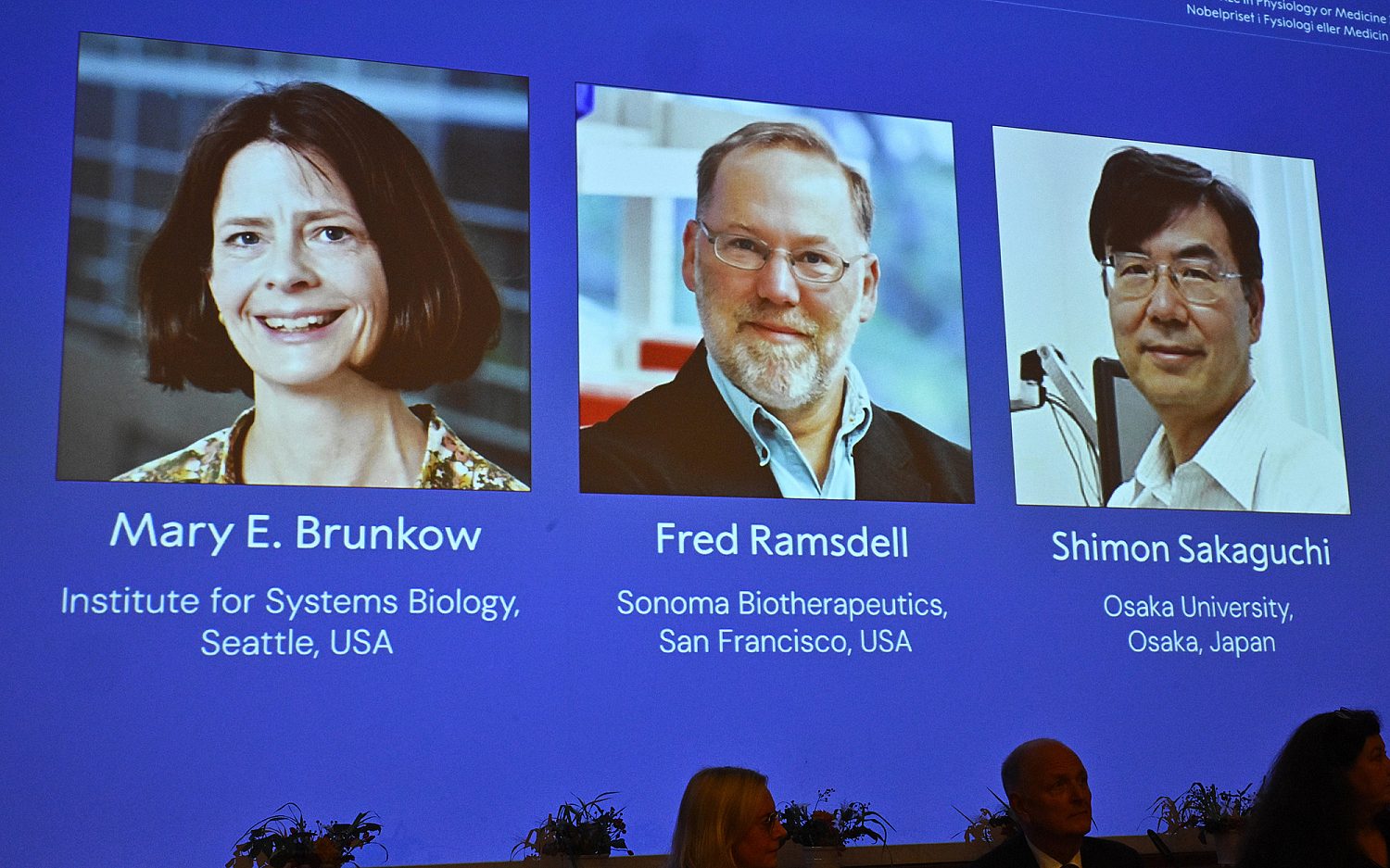Nobel winners relied on inference of design for DNA repair discovery
The three scientists who won this year’s Nobel Prize for chemistry didn’t rely on intelligent design for their discovery of DNA repair mechanisms. But they made a design inference about genetic information, and that’s just as good, according to the Discovery Institute.
The prize, announced Oct. 7, went to Tomas Lindahl of the Francis Crick Institute and Clare Hall Laboratory, Hertfordshire, U.K., Paul Modrich of the Howard Hughes Medical Institute and Duke University School of Medicine, Durham, N.C., and Aziz Sancar of the University of North Carolina, Chapel Hill, N.C. Their research opens fundamental insight into how living cells function in a natural environment hostile to the DNA molecule, which in itself is inherently unstable.
“Considering how much depends on the messages it bears, DNA is an alarmingly fragile molecule,” Erik Stokstad writes in the magazine Science. “It’s vulnerable to ultraviolet light and mutagenic chemicals, as well as spontaneous decay. Life has survived through the ages because enzymes inside every cell ensure that DNA remains in proper working order.”
According to the Nobel Committee, the trio’s work could lead to new approaches in cancer treatment.
“In the early 1970s, scientists believed that DNA was an extremely stable molecule, but Tomas Lindahl demonstrated that DNA decays at a rate that ought to have made the development of life on Earth impossible,” the Nobel Committee noted in its announcement. “This insight led him to discover a molecular machinery, base excision repair, which constantly counteracts the collapse of our DNA.”
Modrich’s research demonstrates a mechanism called mismatch repair. When DNA replicates itself during cell division, errors occur not unlike errors that creep into computer code. Mismatch repair operates as a debugger to proofread and correct errors during replication. Defects in this repair system can lead to a hereditary form of colon cancer.
Sancar’s share of the prize stems from his work to map nucleotide excision repair, the system cells use to repair DNA damaged by UV radiation. Genetic defects in this system leave people at risk of skin cancer when they are exposed to sunlight. The cell also uses nucleotide excision repair to correct defects caused by carcinogens and other physical or chemical substances that increase cell mutations.
“The three pioneers have explained the basic mechanisms that help to guard the integrity of our genomes,” Claes Gustafsson, chairman of the Nobel chemistry committee, told reporters in Stockholm.
While none of the three Nobel Prize recipients nor the Nobel Committee credits intelligent design, the fruitful results of investigating molecular mechanisms from an inference of design over an assumption of random mutation and natural selection is inescapable. The Discovery Institute minimizes the need to use the phrase “intelligent design” to see it at work: “Nor is it necessary to know the personal beliefs of the Nobel laureates. They made a design inference; that’s what counts. Quality control, information monitoring, error correction systems—these are phrases rich with design concepts.”
An actual newsletter worth subscribing to instead of just a collection of links. —Adam
Sign up to receive The Sift email newsletter each weekday morning for the latest headlines from WORLD’s breaking news team.




Please wait while we load the latest comments...
Comments
Please register, subscribe, or log in to comment on this article.